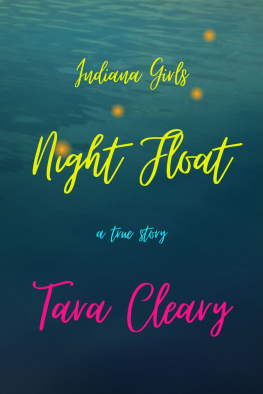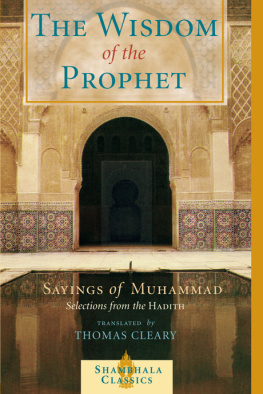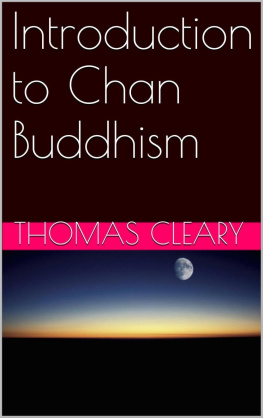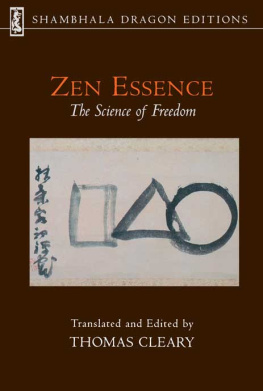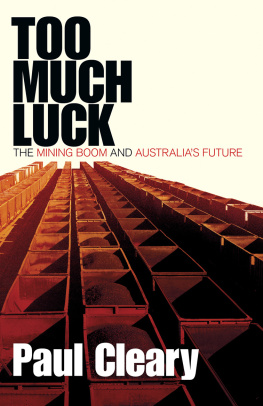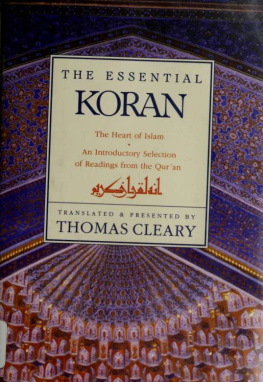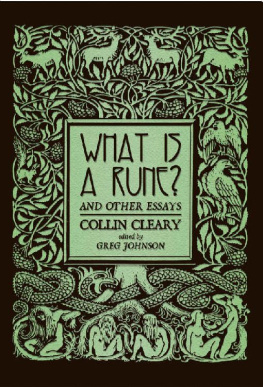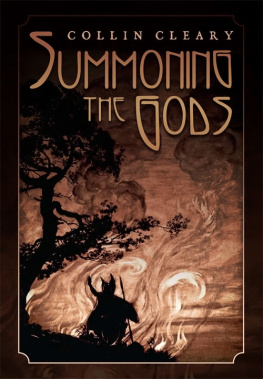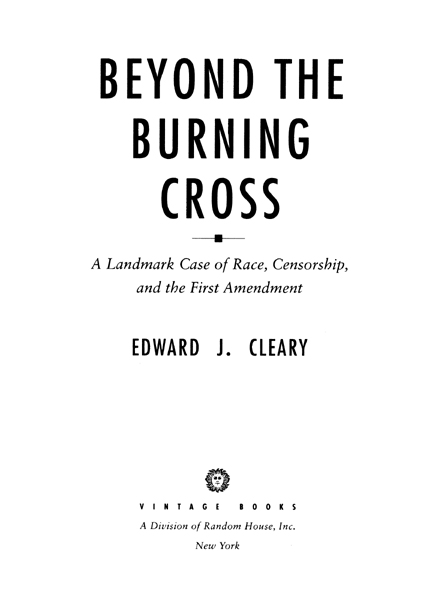Edward J. Cleary
BEYOND THE BURNING CROSS
Edward J. Cleary received his B.A. magna cum laude in political science in 1974 and his J.D. in 1977 from the University of Minnesota. He lives and practices law in St. Paul. This is his first book.
Copyright1994 by Edward J. Cleary
All rights reserved under International and Pan-American Copyright
Conventions. Published in the United States by Vintage Books, a division
of Random House, Inc., New York, and simultaneously in Canada by
Random House of Canada Limited, Toronto. Originally published
in hardcover by Random House, Inc., New York, in 1994.
The Library of Congress has cataloged the Random House
edition as follows:
Beyond the burning cross: Cleary, Edward J.
The First Amendment and the landmark R.A.V. case/
Edward J. Cleary.
p. cm.
1. Saint Paul (Minn.)Trials, litigation, etc. 2. Hate crimesMinnesotaSaint Paul. 3. Hate crimesUnited States. 4. Freedom of speechUnited States. 1. Title.
KF228.S23C54 1994
345.7302dc20
[347.3052] 93-35882
eISBN: 978-0-307-80126-5
v3.1
For my late father, Edward,
who proved to me the power of integrity;
my mother, Eleanor,
who taught me the necessity for compassion;
my late sister, Mary,
who showed me the true meaning of courage;
and my sister Kathleen,
who, through her devotion to teaching,
has reminded me of our responsibility
to the students of tomorrow
Free speech is about as good a cause as the world has ever known. But, like the poor, it is always with us and gets shoved aside in favor of things which seem at some given moment more vital.
Heywood Broun
New York World,
October 23, 1926
Acknowledgments

Writing is a decidedly different skill than litigating, being by nature more reflective. Working on this book has given me a chance to consider the support and assistance I have received since June 1990, when I was assigned the defense of R.A.V.
At my side from the beginning was Michael Cromett. Playing a crucial role outside the limelight, Michael proved once again both his loyalty as a friend and his ability as a lawyer. Also of great assistance were the lawyers and support staff from Bannigan & Kelly, in particular Pat Kelly and John Bannigan. Thanks also to Carol Eberhardt and Karen Jurney, who typed countless briefs and several drafts of this manuscript without complaint and often with helpful advice.
Thanks also to all the members and staff of the Ramsey County Public Defenders office, particularly those who encouraged me from the start at the Cedar Street Cafe, including Mike Fetsch, Jon Duckstad, Noreen Phillips, and Colia Ceisel. My thanks in addition to all those who offered moral support, in particular my uncle Tom Donlin, Michelle Ulrich, Kathi Leicinger, and Pat Diamond, as well as Scott Borchert, Bonnie Prawer, and Karen Paulson.
Professor Kathleen Sullivan, now of Stanford Law School and Professor John Siliciano, of Cornell Law School, helped by reviewing an early draft of the brief. Professor David Cole of Georgetown Law Center critiqued several chapters of the manuscript. Ellen Seesel deserves special mention for suggesting editing changes in the brief and the manuscript and improving the quality of both. My deepest gratitude to Nat Hentoff not only for the introduction but for being a friend and supporter both before and after the decision. His encouragement when few were encouraging and compliments when few were complimentary made all the difference in the world.
My mother, Eleanor, and my sister, Kathleen, rode an emotional roller coaster during these years and never complained. There are a number of other close friends and family members deserving of mention for their encouragement, and I thank them all rather than list them individually for fear of omitting anyone.
One of the great pleasures of this project has been the opportunity to work with the people of Random House, particularly my editor and my copy editor, Sono Rosenberg. Thanks also to Lawrence LaRose.
I would like to express my appreciation to those students who contacted me to discuss the case; I urge them to heed the words of George Eliot: Decide on what you think is right, and stick to it.
Edward J. Cleary
St. Paul, January 1994
Contents

Introduction

The inflammatory case of R.A.V. v. City of St. Paul, which is the subject of this book, turned out to be an exceptional victory for everyones First Amendment rights. Yet it was largely misunderstood and misinterpreted by the press as concerning whether cross-burning should be punishedparticularly cross-burning outside the home of a black family, the only black family on the block of a working-class neighborhood.
The defendants lawyer, however, had no difficulty in agreeing that cross-burning should be punished. Neither, ultimately, did the Supreme Court. As Justice Antonin Scalia said, St. Paul has sufficient means at its disposal to prevent such behavior without adding the First Amendment to the fire.
It was the First Amendment, not cross-burning, that powered this case. At issue was a municipal ordinance so overbroad that its effect, if adopted by other cities and states, would have chilled the speech, both verbal and symbolic, of large numbers of protesting citizens. St. Paul had decreed that any expression on public or private property was unlawful if its perpetrator knew or had reasonable grounds to know that the symbol or writing arouses anger, alarm, or resentment in others on the basis of race, color, creed, religion or gender. As Bruce Ennis said in his brief to the Supreme Court for the Freedom to Read Foundation, this ordinance covers more than hate speech directed to minority groups. There is no limitation on the subject of the speech so long as it arouses anger, alarm or resentment.
A pro-choice woman who placed a declaration on her lawn attacking the local Catholic bishop for his views on abortion could have been convicted under this ordinance. So could a black parent whose message on her property indicted the school board for being racist. Both forms of expression would surely have aroused anger, alarm, or resentment in others on the basis of race, color, creed, religion or gender.
This story of how Ed Cleary, who had never argued a case before the justices, won a unanimous Supreme Court decision overturning the ordinance has all the drama of a movie, especially because his opposition included nearly every major civil rights organization, from the NAACP to the Anti-Defamation League. Moreover, at home in St. Paul he was treated as a pariah even after he won the case. As William Kunstler said when explaining the refusal of most blacks and most white liberals to understand the vital significance of


